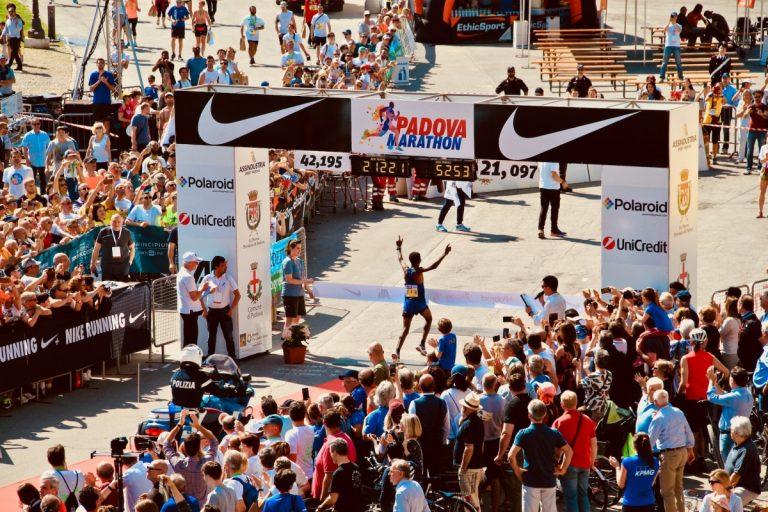What is The Long Slow Distance Run
You may be wondering what is the LSD (Long Slow Distance) run? Well, even those who know what it is, there is a lot of confusion around how to execute it. The biggest mistake so many runners make is that they do their LSD at too fast a pace. When first studying to become a coach it was drilled into us that every session should have a purpose. Sessions should be structured for whatever is the desired adaptation. The long slow distance run has so many benefits; even on top of the endurance it builds that it would be wrong to just call it an endurance session. Endurance, aerobic capacity, mental fitness, injury prevention, strength and even enjoyment are some of the outcomes of the LSD.
LSD for Endurance and Strength
First and foremost the long slow distance run is an endurance session. It improves our ability to maintain a race pace for a longer period of time. Whatever the race distance, building up the time on feet, will help a runner remain strong towards the finish line. Gradually increasing your LSD throughout the training block, allows your body to adapt and to run for longer. The addition of speed work combined with the long slow run is where the magic happens. The problem with many runners is they do their LSD’s too pacey. This goes against the desired outcome of the session. The ideal pace should be somewhere between 90 seconds to 2 minutes slower per mile than race pace. The more time on your feet, the greater the workout you are giving your muscles. As with any sport, along with proper rest and nutrition, the more you work, the stronger you get.
Aerobic Capacity
The long slow distance run is a great way to build aerobic capacity. It should generally remain in a zone two heart rate range and therefore is strictly an aerobic workout. Your heart and lungs are like a pump and an air filter. Long slow distance runs help your heart become better at pumping blood and your lungs get better taking up oxygen. This means you can get more oxygen to your muscles when you need it. This is one of the main desired outcomes of this session. Doing your LSD at a faster pace isn’t going to improve these functions as well as a slower run will.
The Long Slow Run for Mental Fitness and Enjoyment
Doing your Long Slow Runs at a nice easy “conversation” pace improves mental fitness as well as enjoyment. OK, these two things may seem to conflict, but bear with me. These can be incredibly hard sessions. After all, not many runners see a 20 mile run on their training plan and really look forward to it? Some of us do, but I’d say we are few and far between. So we know they are mentally tough. However, when a long, slow run is complete the feeling is quite amazing. By completing these hard runs we callous the brain just that little more. We are able to withstand those hours on our feet. When race day comes around and we are getting into those last few miles, we have these LSD’s in the bank.
As for enjoyment, well these runs can be a shared hell, if that makes sense. When we do these long slow distance runs as part of a training group, we are all in it together. At a conversation pace, the company can be very much appreciated. It’s a chance to get to know other runners and to share advice and concerns. So, the lesson here is to keep a positive mindset on your long slow distance runs. They cay be enjoyable.
Long Slow Distance Runs for Injury Prevention
We all know that mixing things up in training is a best practice for injury prevention. There are the speed workouts on the track. Some tempo runs on the road will work on speed endurance. Adding in your weekly long slow distance run, at conversation pace, is just another pace to the mix. You won’t be overextending yourself during these runs making them far less likely to cause an injury. On top of that, these are good, productive miles to add to your weekly load. The concept of easy runs easy and hard runs hard is key here. By sticking to that mantra you will reduce your injury risk.
This is a great time to focus on good running form too. It is so much easier to practise all the basics of good running form, drilling it into your technique. Because the pace is slower, there is more time to focus on posture, foot-strike, head position, etc… Everything that makes running more efficient and feel easier.
Conclusion
There is a time for race pace workouts, even race-pace long runs, just not the LSD sessions. This is probably a coach’s most difficult concept to get through to athletes. Eluid Kipchoge understands the impact of running slow. The world’s greatest marathon runner of all time runs 13 sessions per week. Of these, 10 are slow runs. And when he runs slow, it is upwards of 2 minutes per kilometre slower than race pace. If that doesn’t prove it, nothing will. You run slow in order to race fast. Improving is a process and your body adapts to the workouts it is given. Stick to the LSD concept, SLOW DOWN, and watch your race times improve rapidly.



Pingback: The 10 Key Elements for a Successful Training Block - Achieve Running Club
Pingback: Lsd Run - AthleticFly